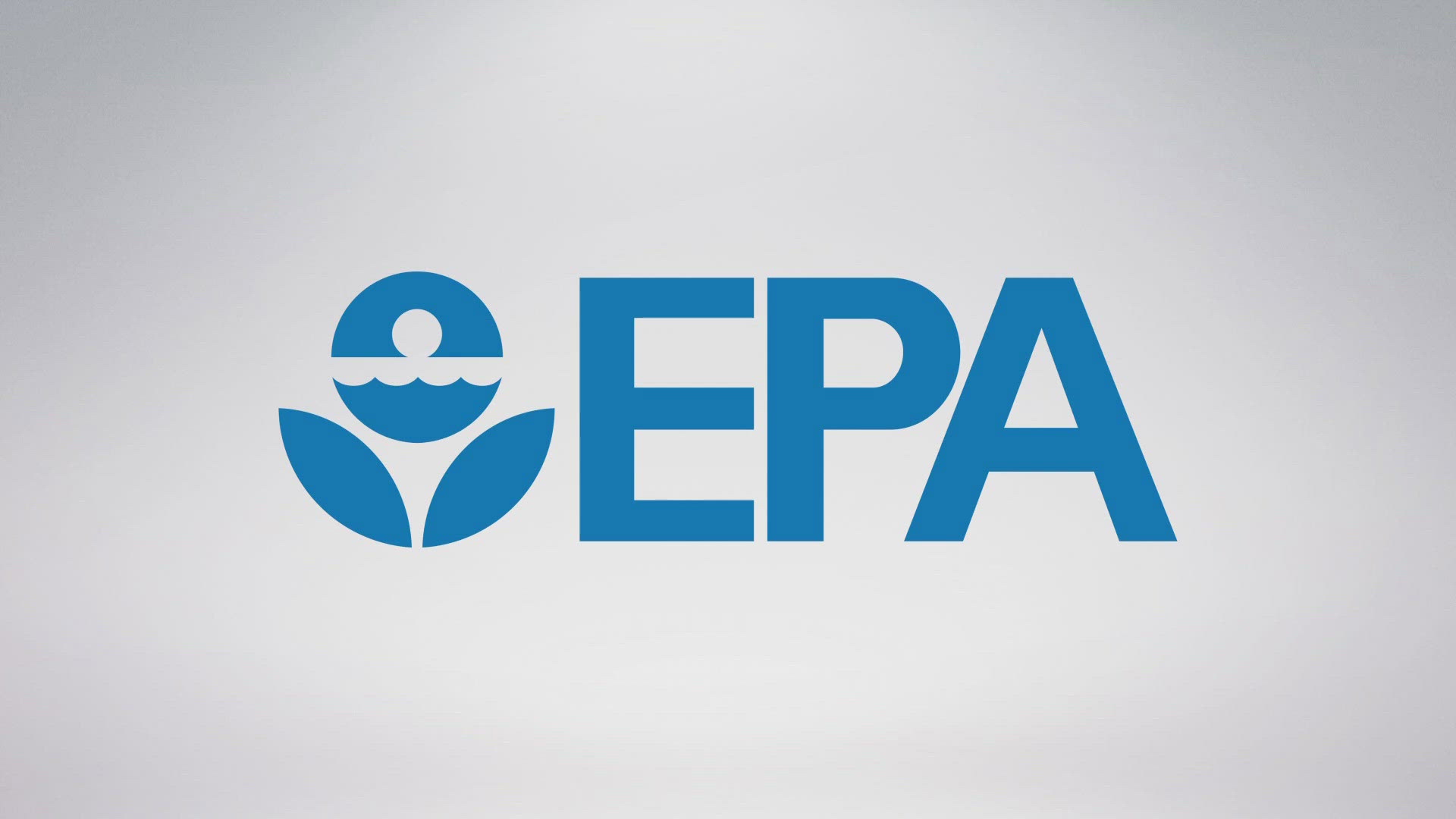BURLINGTON, N.C. — The EPA revealed Wednesday the first-ever legally enforceable drinking water standards to protect people from forever chemicals.
North Carolina A&T alum and administrator of the EPA, Michael Regan, announced in Fayetteville.
Regan said the EPA finalized strict limits on certain so-called "forever chemicals" in drinking water. This will require utilities to reduce them to the lowest level at which they can be reliably measured.
Officials also said it will reduce exposure for 100 million people and help prevent thousands of illnesses, including cancers.
PFAS are manmade chemicals used to make products resistant to heat, oil, and water.
It's in food packaging, like microwave popcorn bags, non-stick cookware, make-up, and carpets.
The chemicals don't break down in the environment, which is how it gets into our water.
There are concerns about the health effects of forever chemicals, including cancer.
It's why the EPA said it's taking steps to reduce the amount in our water by regulating that drinking water has no more than four parts of PFAS per trillion.
In perspective, one part per trillion is one drop of water within an Olympic-sized swimming pool.
This announcement does come with a big price tag for some cities.
In Burlington, the city began surveying Forever Chemicals in 2020 and began working with a consulting firm to find new water treatment processes and technology in 2023.
"We are going to be looking at large expenses to meet these regulations," said Bob Patterson.
Bob Patterson is the Water Resources Director for the City of Burlington.
He said just doing the survey costs about a million dollars to see what treatment needs to go into place for one of their two water treatment facilities.
The JD Mackintosh Water Treatment Plant has levels of around four parts per trillion concerning PFAS.
This means it will likely be a smaller capital project, but because of the added treatment, higher costs for operation and maintenance will likely raise prices for customers.
The second facility is the Ed Thomas Water Treatment Plant.
It is old and will be more challenging to change.
This new regulation gives cities five years to comply with the latest standards for drinking water providers.
Patterson said he estimates it will take three to four years to complete these multimillion-dollar upgrades' planning, design, and construction to meet the regulations.
"I hate to even give an estimate, but the very preliminary estimates are in the order of 30 to 40 million dollars, that's just the capital construction costs and then again there will be ongoing maintenance costs annually that will be much higher than we are paying now," Patterson said.
The city will consider grants, federal funding sources, and possible revenue bonds to meet the requirements and ensure the safest drinking water possible.
"Hopefully, over time, we can remove them from circulation and our water supplies," he said.
The city of Winston-Salem said it anticipated these standards, like the city of Burlington, and has been proactively monitoring for these compounds in source and treated water at their facilities.
Winston-Salem began sampling in 2022, where all results have been non-detectable in the system’s treated drinking water, with no samples at or above 4.0 ppt.
Winston-Salem stated they will continue to keep an eye on their levels.
As for the City of Greensboro, it's tracked the chemicals since 2014.
Since this time, Greensboro did a watershed study to determine sources. changed source water when levels increased, used Powdered Activated Carbon systems to minimize levels in drinking water, worked with technical experts to find technology to install at the water plants to reduce levels, and keeps conducting bi-monthly analyses to evaluate levels in the water.
In September 2024, the Greensboro City Council is expected to approve a contract to design and install a Granular Activated Carbon (GAC) system at the Mitchell Water Treatment Plant to reduce contaminants to below MCLs.
This improvement is part of a larger plant upgrade estimated to cost $170 million. The GAC treatment improvements comprise approximately 1/3 of the overall cost.

